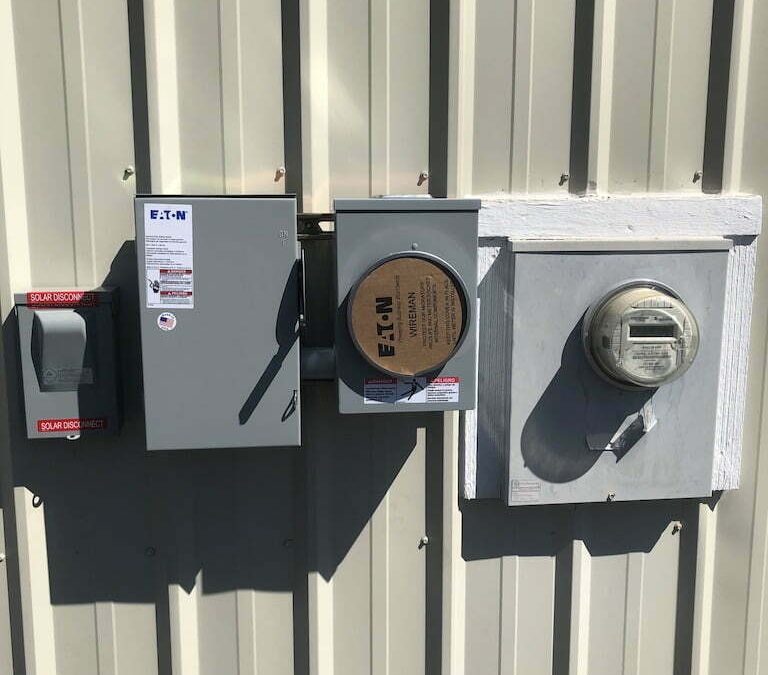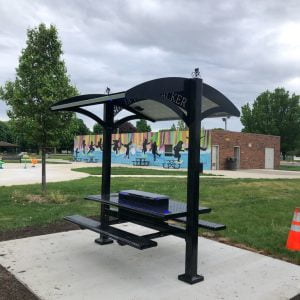
On Grid is a term used for a solar system that is tied to your local utility company’s system. You are feeding the power generated from your solar panels out to the utility company. Your house will use what you are creating and any excess will be sent out to the grid.
There are typically 3 main components with an On Grid system. You have the solar panels with mounting options, an inverter or multiple micro inverters, and a communication device and/or disconnect. This is generally a simple system to put together as long as you have compatible components which can get confusing with all the options out there.
I highly recommend talking to a professional or using due diligence when researching products.
Why an On Grid system?
There are several reasons people would find this to be a good option. In a lot of cases people who live in more populated areas have no issues with their utility company’s service (other than rising prices). If someone has reliable power with the exception of a storm taking out power for a couple of hours then a grid tied system is more common and makes the most sense when talking about return on investment. In an On Grid or Grid Tied system your focus should be eliminating the monthly bill and getting your return on investment as quickly as possible. I will have information on system sizing and return on investment in another article.
Another reason someone might choose an On Grid system is for the benefit of basically zero maintenance. You simply install the system and that’s it. The only maintenance you have to consider are the solar panels over time building up dust, dirt, mold, pollen or bird poop. Cleaning your solar panels isn’t a must but it does help with production. We are looking to offer a panel cleaning service and yearly system evaluation on our current installations and even older installations by other companies.
If you’re thinking you want to eliminate your monthly bill and you want a backup system for if the power goes out there are a couple options for that as well. I will cover that in the HYBRID article. These systems are more complex and are more costly.
An important point to consider when looking at On Grid systems for a DIY person is the process. This can be confusing but it is do-able. This is just an example of what I have gone through and different locations are a little different on how they do things.
I had to fill out a net metering agreement with the local electric company and had to turn that in with a one-line diagram of the system. I waited for approval and then was allowed to install the panels. I hired a licensed electrician to come in and wire the system and make the connections to the grid. We had public works and the utility company come out and inspect and turn the system on. This system went super smooth. This system was installed in Missouri.
I once did an installation in Oregon and that process was much more difficult. I had installed some solar panels on a well house to help supplement their water use and act as a backup if power went out. The county required a structural engineered drawing of the support system of the roof and a stamped paper from an engineer that the roof could support the weight of the 4 solar panels that were going up. It was a headache to say the least but again it was do-able. It was a lengthy process and costly.





Great article!